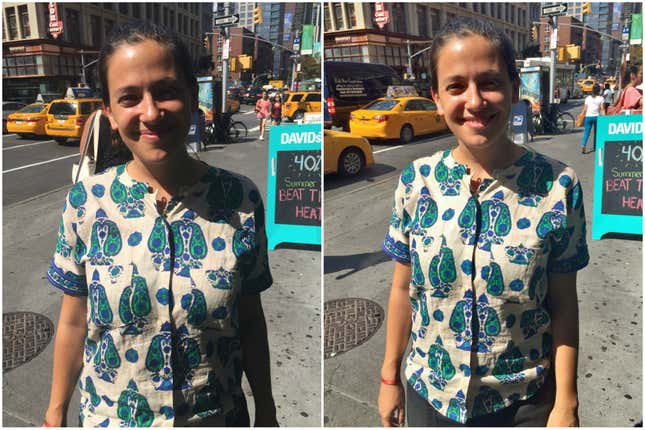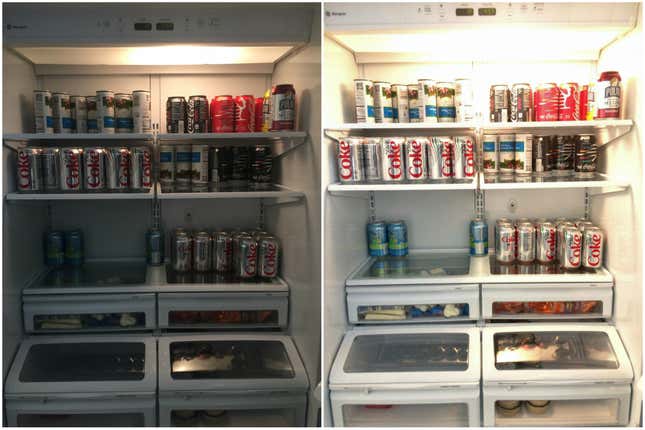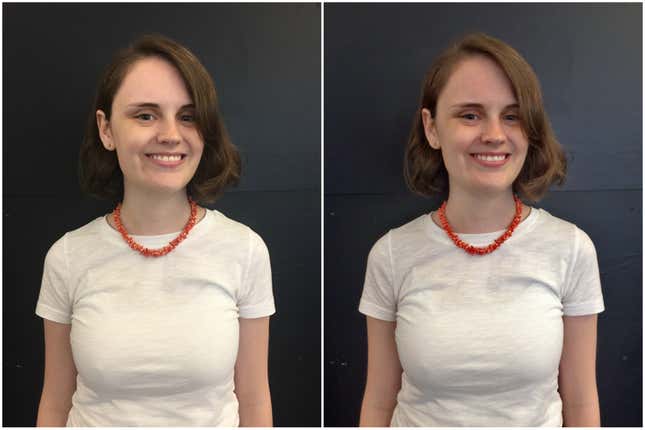Camera quality has become one of the key differentiators of smartphones, and there is an entire industry of apps built around making your photos look their best. But while many apps try to enhance or embellish your photos, not many try to replace your iPhone camera app entirely. But that’s what Microsoft Pix is trying to do.
On Wednesday (July 27), the company’s researchers released an iOS app that uses artificial intelligence to challenge Apple’s native camera. Using a series of algorithms, the app determines the best photo for every opportunity: It clicks a burst of 10 frames each shot, including some shots before and after you actually click the photo. Using AI, the software selects the best shot, removing any noise, enhancing the elements, and even checking to see no eyes are closed. Another algorithm creates ’Live Images’ (much like Apple’s Live photos) if it detects any activity like flickering candles or flowing rivers.
Microsoft isn’t trying to offer professional DSLR photography but to give the average iPhone user better photos from their vacation. The company claims that Pix “puts the skill of a professional photographer in your pocket.” (Spoiler alert: It’s more of an on-the-spot photoshop job than ace photography.)
To test the app, I took my non-photographer self out to take some amateur clicks. Then, I got Thomas Werner, an assistant professor at Parsons School of Design, to critique my, ahem, masterpieces, without knowing which camera was used for which photo.
On the left are the iPhone photos, and on the right, Microsoft’s app was at work.


Microsoft had an edge in the first pair of photos that were taken in full sunlight because you could see the subject’s eyes more clearly, according to Werner. In the second set of photos, Microsoft was doing things photographers aim to achieve—the background receded and the subject moved forward into the foreground. However, Werner preferred the iPhone photo here: “The skin tone and tones in the reflection, as well as colors of her garment, all look more true and appealing.”

Next, I went to the Quartz fridge. Here, the app noticeably improved my subpar photography in an unfavorable, dimly lit environment. “The second one has so much more detail. It’s so much nicer. The highlight blows out near the light but you can’t even compare,” said Werner.
“In a low light situation, you’re making trades. The second camera (Microsoft) has decided to give you detail in the shadow,” Werner told Quartz. He adds that this could be advantageous in capturing details in people’s faces in low-lit settings.

“The second one’s fine,” said Werner, acknowledging that the colors of the shirt and coral necklace brightened up and the highlights on the cheek and nose were clearer. “But people would probably prefer the first one because the skin tone is more even.” (He was right. Kelsey, the subject of the photo, said the Microsoft photo rightly captured all her sunburn, but she much prefers the iPhone photo.)
The good part about the app? It is completely frills-free. There are no modes, no filters, and no adjustable settings. For the most part, its confidence in choosing the best photo makes life easy for the user. It works with all iPhone models 5S and up and is free to download.
However, calling it “better” than the standard iPhone Camera may not be accurate. The comparison is far more nuanced. “What we’re seeing is that it all comes down to what you’re shooting, the subject matter, and do you want to do any work after the fact,” Werner points out.
Despite Microsoft’s more intelligent attempt, neither camera appears technically superior to the naked eye—both pick and choose exposure and contrast tradeoffs. Although Microsoft claims that Pix has been tuned to make people look better, Werner begs to differ. For him, the iPhone takes superior portraits. However in a dimmer conditions, like a low-lit restaurant or office space, Microsoft is your best bet.
